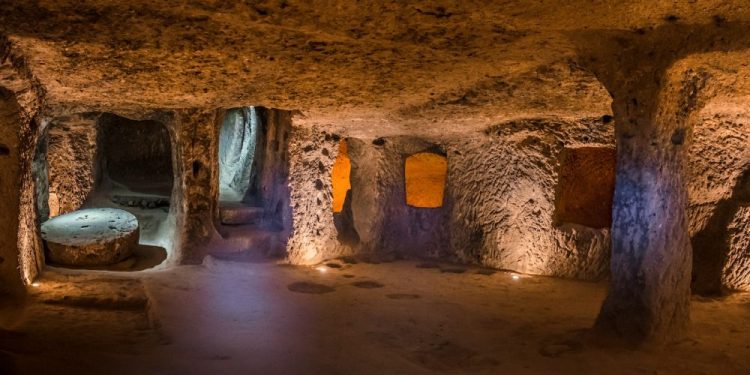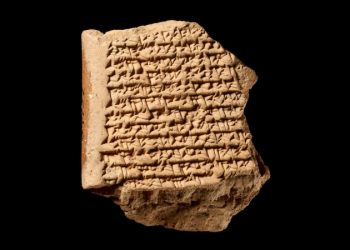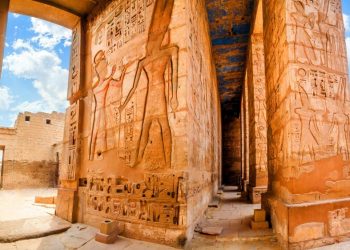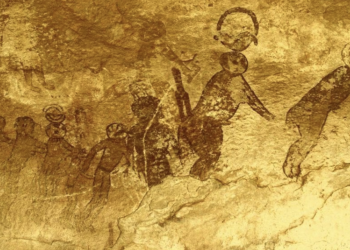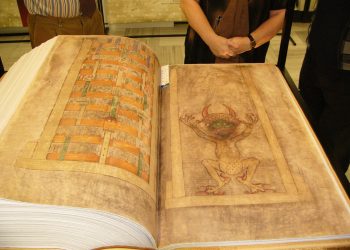Some of the underground cities explored in this article are believed to be older than history. Built by mysterious people, some of them are home to secrets that have still not been revealed. Many breathtaking ancient sites around the globe were built by ancient cultures thousands of years ago. Many remain standing today, while others have faded and become a legend. Experts continue exploring the surface of the planet, looking for lost cities, temples, and even civilizations, and there are many things hidden right beneath our feet.
Archeologists have a lot of work to do despite the fact we’ve explored the planet’s surface unprecedentedly. We built Pyramids and massive temples. Ancient cultures raised stones weighing hundreds of tons using ancient yet advanced methods. And we also created unimaginably beautiful cities. But we also built beneath the surface, creating unprecedented cities hidden from sight. In this article, we take you on a journey as we explore three ancient underground cities in present-day Turkey and its Central Anatolian region. (There are other underground cities worldwide which we will discuss in other articles).
The Underground City of Kaymakli
Built within the citadel of Kaymakli in the Central Anatolia Region of Turkey, the ancient underground city of Kaymakli is one of the most amazing ancient cities built beneath the surface.
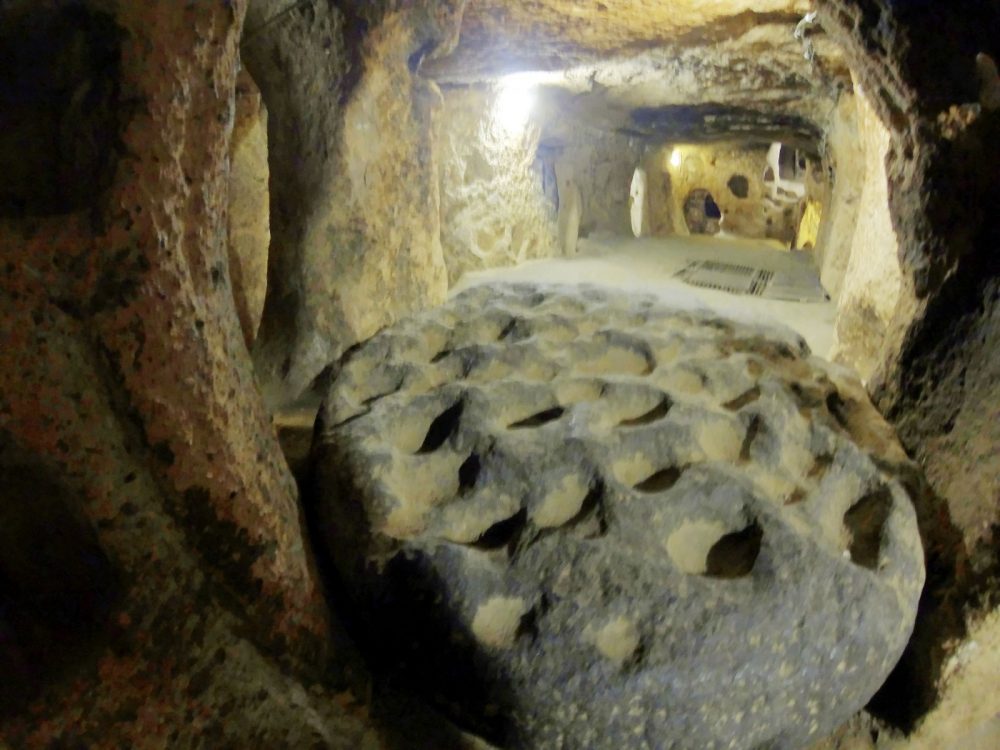
Experts believe that its builders may first have started carving out caves from soft volcanic rock. Eventually, the caves were expanded, and a small complex of caves turned into a city. The city is believed to have been expanded to its current size during the Byzantine era. Today, experts have found around one hundred tunnels in the underground city where people built their houses. The subterranean city also features storage areas, stables, and cellars that remain operational to this day. Unlike the underground city of Derinkuyu, the tunnel and rooms at Kaymakli are much narrower and more steeply inclined. Four levels of the ancient city are open to visitors.
The Underground City of Özkonak
Built inside the northern slopes of Mount Idis in central Anatolia, this ancient underground city was carved from volcanic granite. Furthermore, unlike the subterranean cities of Derinkuyu and Kaymakli, this ancient city was built, so its larger areas are connected by tunnels containing a pipe communication system from its levels.
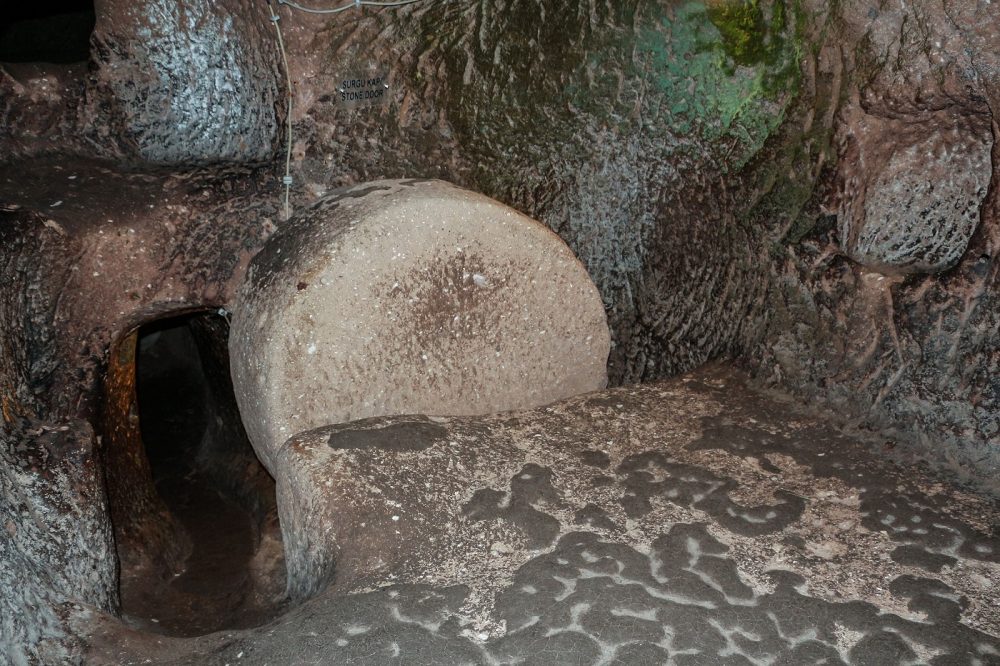
Excavations revealed that each room inside the underground city had ventilation provided by additional piping. This helped the city to remain ventilated when it was sealed and under siege. Its exact age remains a mystery, although some scholars argue it was most likely built when Cappadocia was under the rule of the Byzantine empire. The underground city could house around 60,000 people. The city was carved forty meters into the ground and consists of ten highly complex floors. Only four of its floors are open to the public. Like other ancient underground cities in the region, Özkonak has a water well, ventilation systems, a winery, and moving stone doors.
The Subterranean City of Derinkuyu
The multi-leveled underground city of Deriinkuyu is one of the most complex, multi-level cities built beneath the surface.

Extending to a depth of around sixty meters beneath the surface, the ancient city is believed to have been large enough to provide shelter for around 20,000 people. Its exact age remains a mystery for scholars. Derinkuyu connects to the underground city of Kaymaklı via an 8-kilometer (5 mi) tunnel. Derinkuyu also featured wine and oil presses, stables, cellars, storage rooms, and religious chambers like nearby underground cities.
Join the discussion and participate in awesome giveaways in our mobile Telegram group. Join Curiosmos on Telegram Today. t.me/Curiosmos



